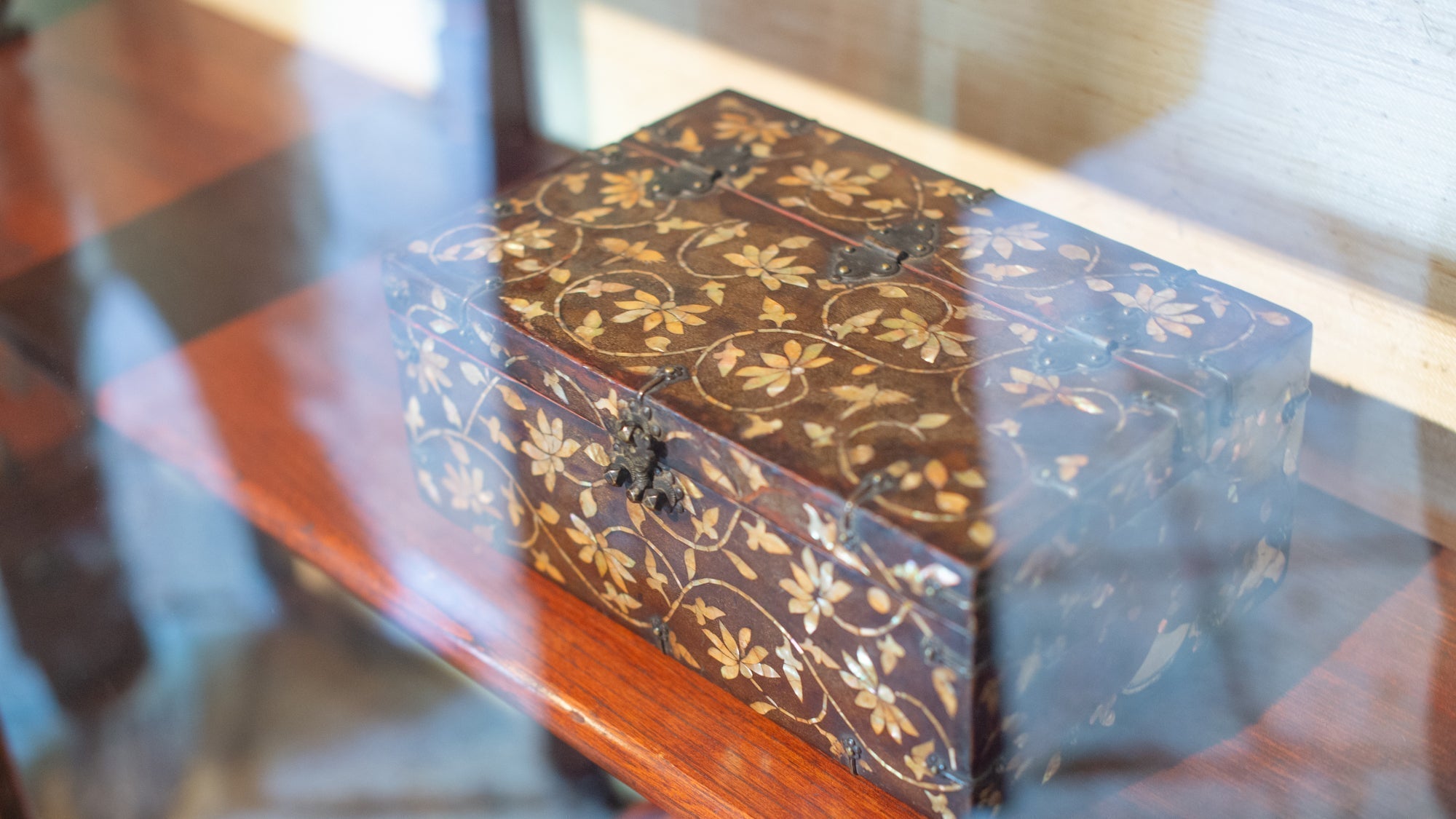
Home Sweet Museum: Stepping Inside the Japan Folk Crafts Museum (Nihon Mingeikan)
Written by Tominaga Chiaki
For many travelers descending upon Japan from afar, "the Japan Folk Crafts Museum" (Nihon Mingeikan) may not immediately top the list of art museum destinations. Lacking the grand scale of the nationally renowned museums congregated in Ueno, this cultural gem discretely resides within a tranquil residential district, its allure reserved for those in the know. Nevertheless, our team of Musubi Kiln felt drawn to this quiet institution for its distinct display: an array of everyday craft items from ceramics and tableware to textiles, paintings, dyed fabrics, bamboo, and paper crafts. These artifacts, collected from across Japan and beyond, irrespective of their era, represent a veritable treasure chest for us, practitioners in the field of tableware craftsmanship.
Normally, photography is not allowed inside the Museum, but on this occasion, we received special permission to take photos of the interior. The photographs displayed here are strictly prohibited from being reproduced or reposted.

A leisurely stroll around Komaba-Todaimae station on the private railway line reveals an expanse of serene residential neighborhoods, the University of Tokyo, and the lush Komaba Park. Those with an inclination towards history or architecture may find their curiosity piqued by the nearby a former aristocrats resident in Western-style erected in the 1920s. It beckons as an enriching detour for the culturally adventurous.

Emerging suddenly within a few minutes walk from the station stands "the Japan Folk Crafts Museum" (Nihon Mingeikan), a striking edifice exuding the dignified character of unique Japanese design. The Museum is the brainchild of Soetsu Yanagi, the pioneering force behind The Folk Crafts Movement, which extolled the "the beauty in everyday objects." Established in 1936 by Yanagi and a cohort of like-minded collaborators, the space was designed to introduce the elegance of folk crafts to the world. Yanagi himself was intricately involved in the building's design, an endeavor mirrored in the thoughtful curation of its exhibits.
Upon arrival, one can't help but be impressed by the building's robust presence that harmoniously blends Japanese aesthetics with an underlying sense of gravitas. The exterior and flooring materials showcase the use of Oya stone from near Utsunomiya, Tochigi, a material Soetsu regarded as "the most Japanese stone," a "stone close to wood." Oya stone, with its high fire resistance and moisture protection, is well-suited for storage and exhibition facilities. The ease with which Oya stone can be worked allowed the realization of any desired design, resulting in the construction of this distinctly Japanese structure.

tables of contents
Inside the Museum
*Currently, instead of providing shoe covers, they have returned to the method of taking off shoes and switching to slippers, as it was done before the COVID-19 pandemic.
This is born from Yanagi Soetsu's desire to imbue the Museum with a warmth more reminiscent of a home than an institution. The feeling is less of entering a museum and more akin to paying a visit to someone's house.


Inside the Museum, the tranquility is underscored by wooden beams and plaster, while the coarse texture and cool touch of the Oya stone floor lends a perfect match. Furniture coated with urushi lacquer, wooden display cases designed by Yanagi himself, Shoji screen windows, and wallpaper made from the fiber of kudzu called "Kuzufu," all harmonize in a display of natural materials, creating an atmosphere of stunning balance.
The Museum is considerably darker than a typical art venue, a conscious decision by Yanagi, who questioned, "How can we make the exhibits appear as beautiful as possible?" Even the light seeping in through the shoji screens is calculated. The intent is to uphold the principle that "spaces should naturally enhance beauty."

Special Exhibition: "The Beauty of Urushi -lacquerware of Japan and the Korean Peninsula" (Currently finished)

A box of Japanese "Raden" (sea shell inlay), in which patterns are drawn with shell fragments, caught the eye among the lacquer crafts on display. Raden, thought to have originated from ancient Mesopotamia and the Yin and Zhou Dynasties of China, has a unique aesthetic. The craftsmanship of these boxes is not exceptionally intricate or meticulously finished. Instead, the material – the shell – is left in its natural state, creating an appearance that immediately reveals its organic origin. The deliberate choice to display Raden work that emphasizes the natural texture of the shell conveyed Soetsu Yanagi's aesthetic sensibility in Mingei, the folk art movement.

In addition, there is an array of artifacts here that have fallen out of use in modern times. For instance, what can be seen in the foreground of the photo is called a "Tobiguchi," an old tool used to hook timber during firefighting and similar activities. Additionally, lacquer played an immensely practical role during that time, as evident in other items such as rulers, stationery, pillows, and water bottles. Many of these objects have been replaced by alternative materials like plastic in modern times.
As discussed in the Kintsugi blog , lacquer can be layered for restoration, making it possible to repair and prolong the use of these items. They are even biodegradable, returning to the earth when discarded. The exhibition speaks to a time when environmentally friendly materials were broadly utilized in daily life.
Museum with Minimal Descriptions

At this point, I noticed one particular aspect in the Museum. The descriptions provided were minimal, at most stating the name of the item, the country, and the era, or if it is a foreign artifact, name of the ethnic group or culture that used it. For example, pieces labeled only as "Korean era" could span roughly 500 years, with no indication of when exactly or where they were made.
In response to the question, Soetsu's own writings provided the answer. "The beauty of things must depend most of all on intuition" (Soetsu Yanagi, "Mingei to wa Nanika", Kodansha, 2006, p103). He aimed to look directly at the object and find the "beauty" or value inherent in it without titles, stories, and everything else. And the Museum was created to enable visitors to feel that.


The Art of Painting on Japanese Ceramics

Although there are motifs of flowers, they are less flamboyant like plum blossoms or cherry blossoms and more like wildflowers that often grow in the area. Many of the pottery pieces exhibited here from different areas seem to perfectly complement the rustic dietary habits of the time they were created.
In the past, rural meals primarily consisted of barley rice, miso soup, pickles, and simmered dishes, with salted salmon and dried fish being rare indulgences in a self-sufficient lifestyle. Of course, people living in urban areas like Tokyo were also eating Western food, but these simple painted designs feel ideal for serving traditional rural meals. In other words, these 'wild grass' and subdued 'landscape' motifs, which allow the goodness of the ingredients to be showcased and fit well with meals featuring seasonal vegetables in regions.

However, that's not to say there weren't any vibrant designs here. Particularly on decorative items like display plates and vases, which carry a stronger aesthetic purpose, more colourful and eraborate paintings were applied. Especially striking were the vases mended with gold; we found ourselves drawn to stop and admire the beautiful combination of floral motifs and gold. There's something uniquely impactful about items that have been reborn even more beautifully through the Kintsugi gold repair process. Perhaps it's the sense of history, carefully preserved and passed down, that we feel from them.


Among the Kintsugi items, one in particular stood out. It was a round plate, but within the repaired sections, part of the pattern changed. It was very intriguing. Some of us speculated that perhaps a broken part from another plate was used to repair it. Despite the plate's original pattern being rather common, the Kintsugi added a unique charm, making it a standout piece within the entire museum.

Away from the hustle and bustle of Tokyo
As your journey weaves through the Japanese archipelago, I hope you too stumble upon these cultural troves — the art galleries and museums. May they ensnare your curiosity, stir your hearts and minds, and find a permanent abode in your list of favorites.



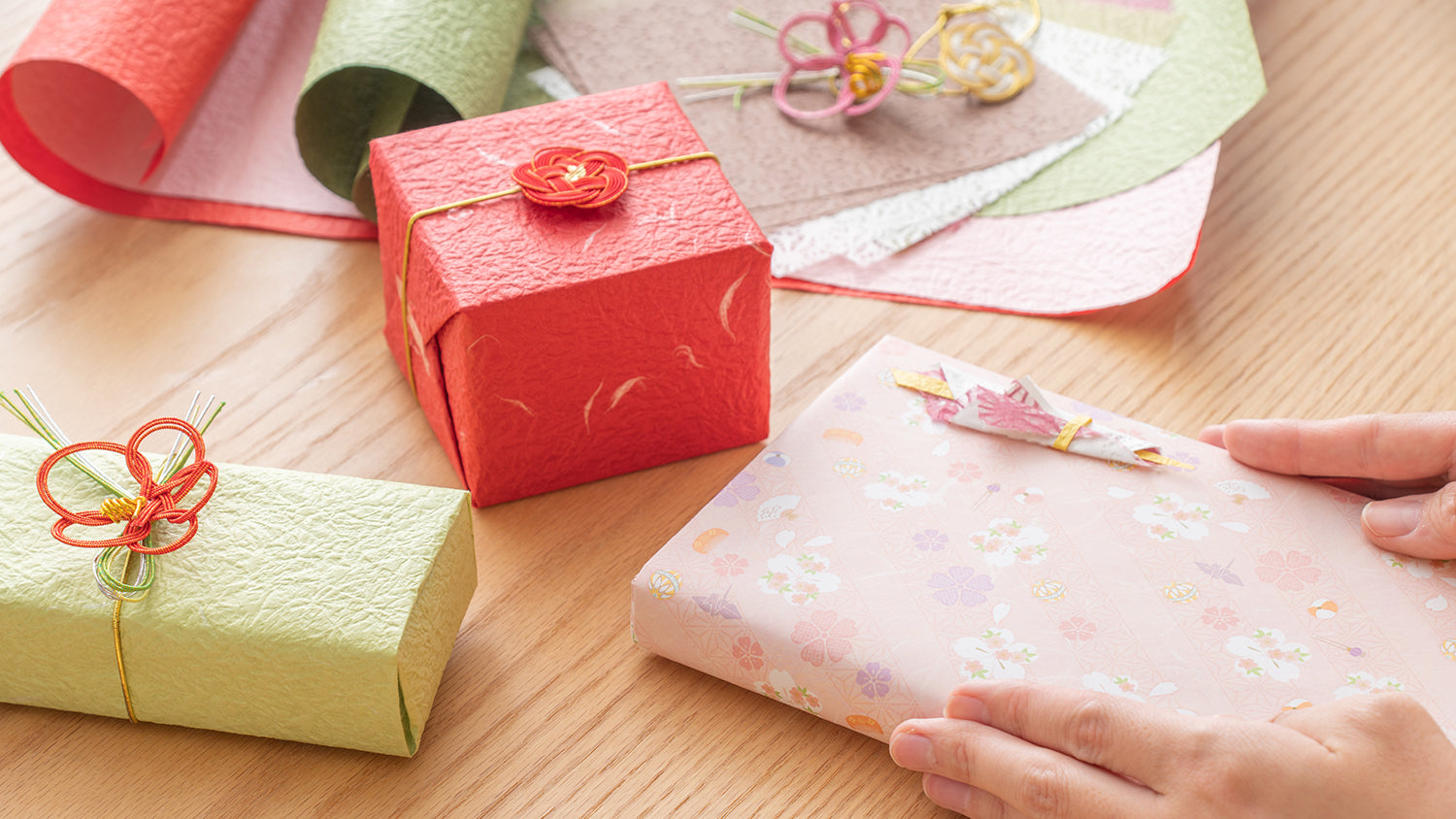

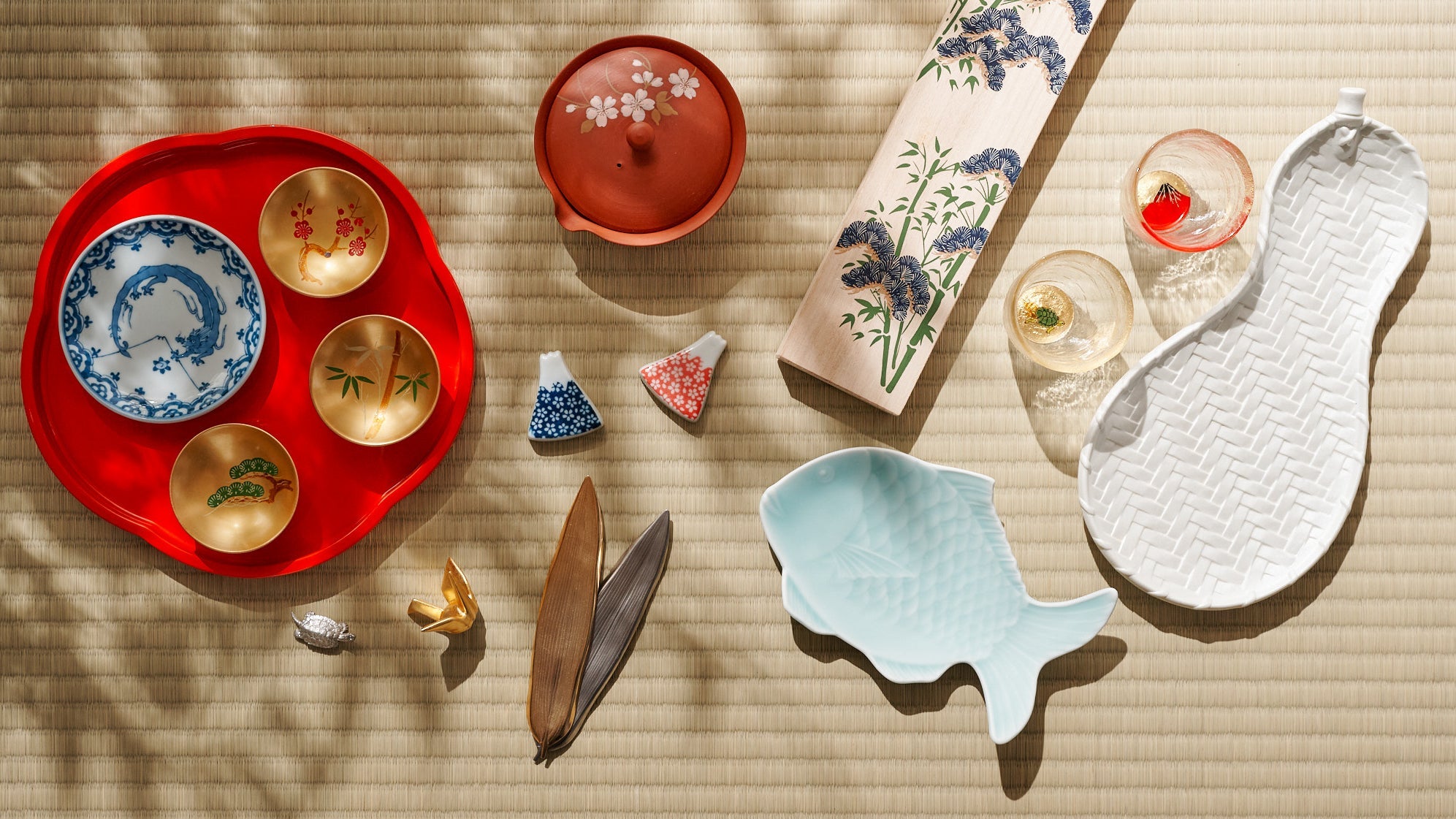
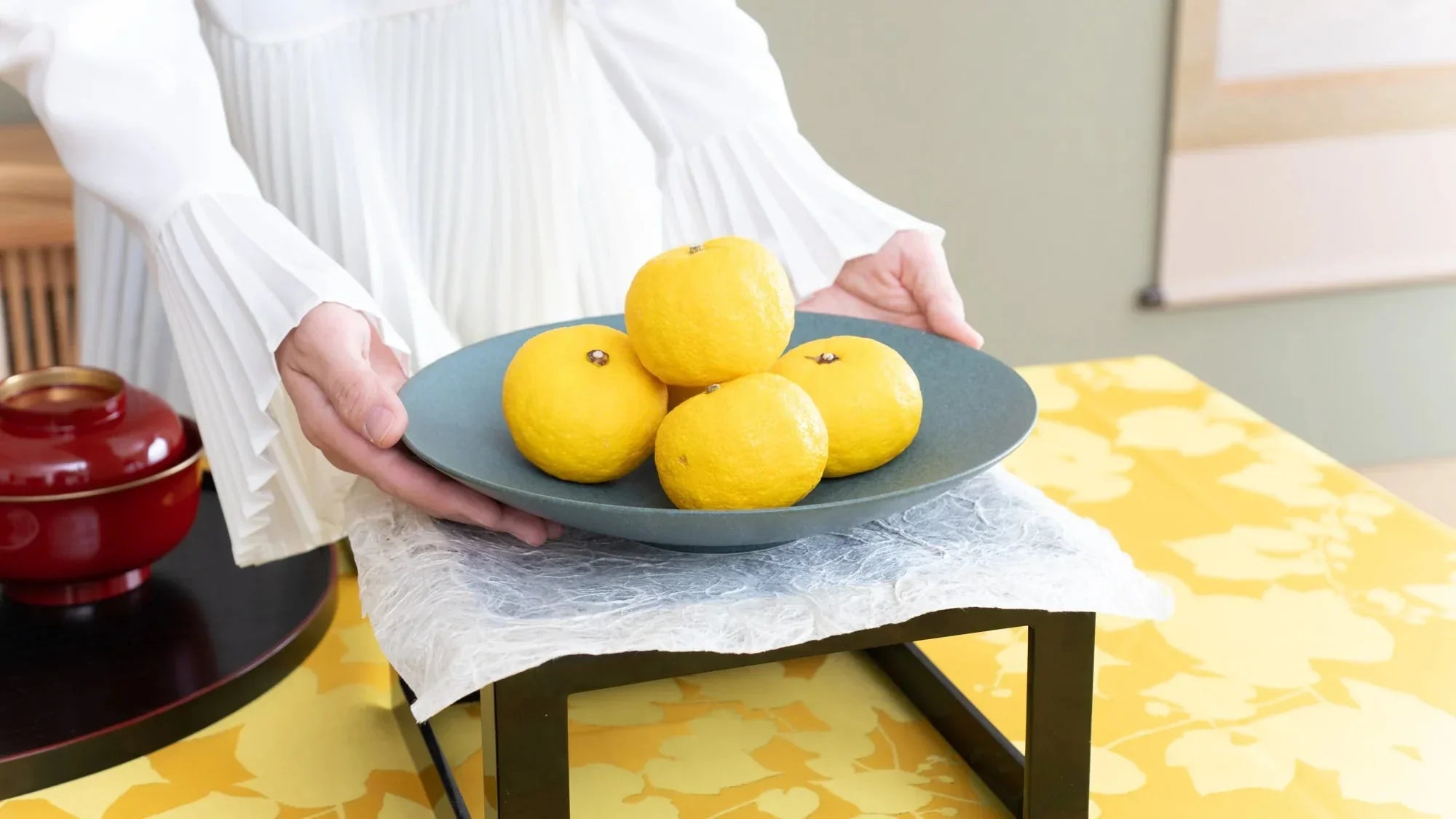
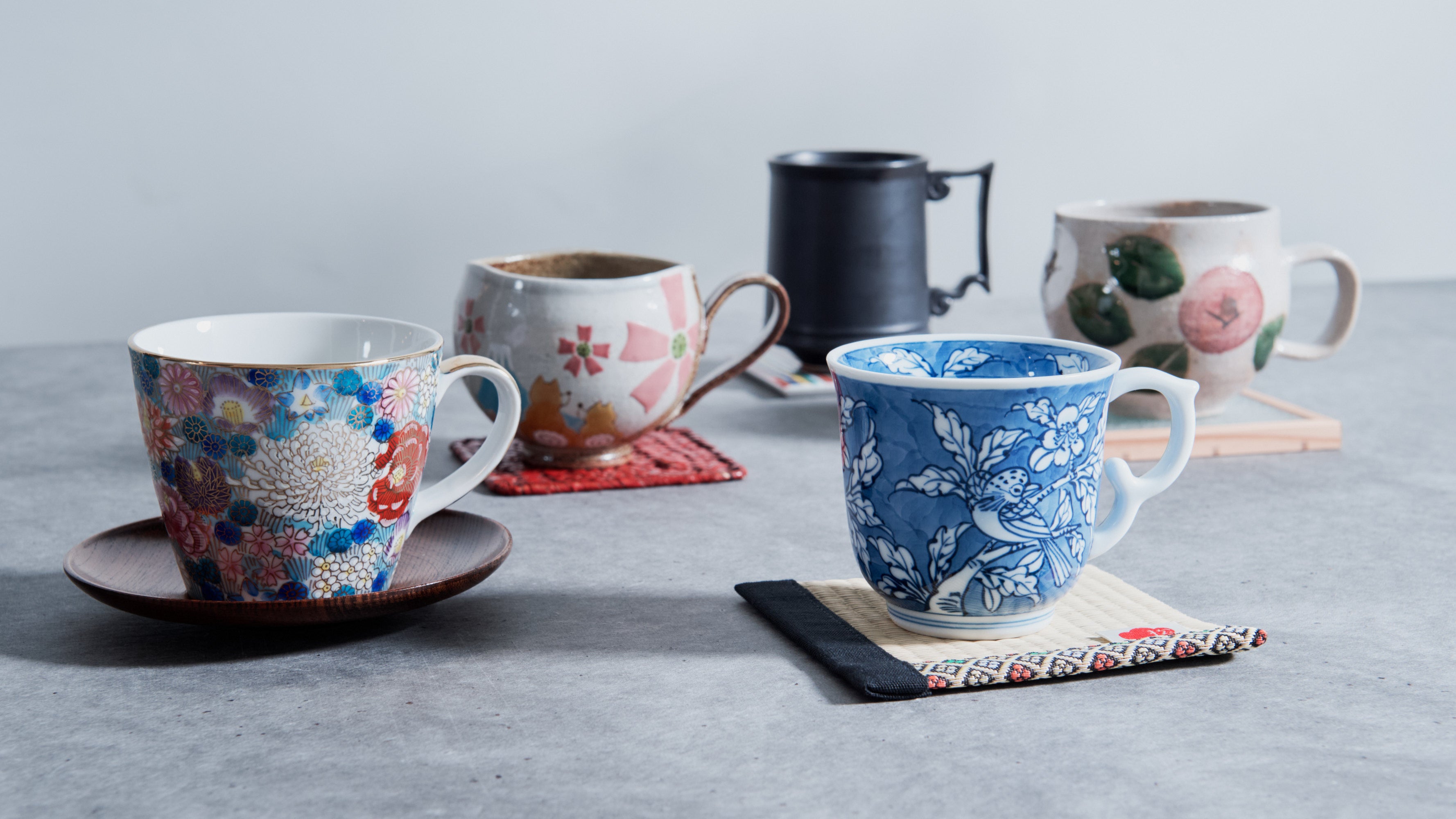
2 comments
@Jorgelina-Please excuse me for replying in English. Thank you so much for your kind comment! We appreciate that you enjoy our culture and heritage as much as we do. It is heartwarming to know!
Team Musubi
Felicito desde Buenos Aires , la elegancia de las piezas, el cuidado del patrimonio y el respeto por las tradiciones. Muchas gracias!
Jorgelina Balado
Leave a comment
This site is protected by hCaptcha and the hCaptcha Privacy Policy and Terms of Service apply.